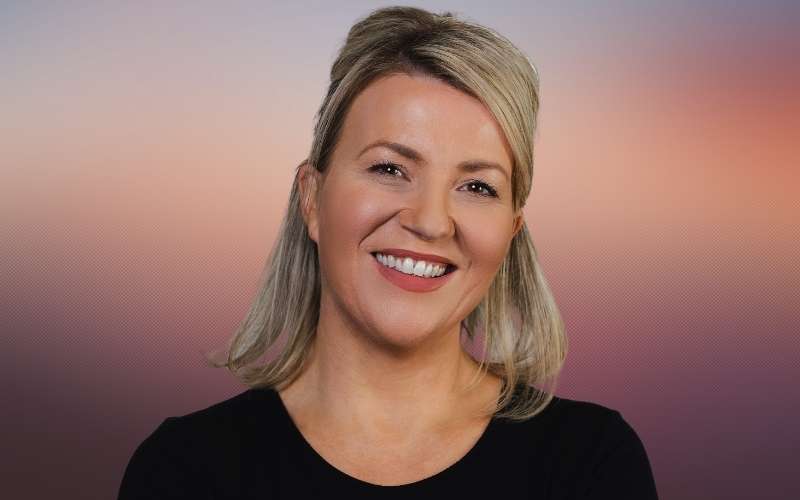Being able to connect and work with other people is critical to successful customer experience and change management. Jane Tyzack, founding Director of Change Playbook, has built her long and successful career on her ability to collaborate and work with other people. Mark Atterby recently interviewed Jane about her approach to managing large-scale CX and change management projects.
Mark Atterby (MA): Jane can you please provide a background to your career and why you founded the Change Playbook?
Jane Tyzack (JT): I’ve been fortunate to have built my career within customer-facing roles. Starting from the frontline, in a contact centre, through to managing large-scale teams, programs, change projects, and functions across a variety of industries and levels of government.
The common thread within all of this has been customer, change and transformation. I love leading change and creating positive experiences for customers and employees, and I’ve been fortunate to have had success in doing so.
My experience and understanding of how to navigate change is also enhanced by what I offer from being a lifelong learner, having leveraged both formal and informal learning opportunities throughout my career.
I decided to create Change Playbook as I love what I do, and it is my dream to work with others who also want to make positive change for people but need some help in doing so. And this is what I do best, whether through strategy, customer journey improvements, coaching, or training. Or all this combined!
(MA): From your various roles what is the most important thing that you have learnt about customer experience and change?
(JT): There are so many, but if I was going to choose one, it really comes down to the importance of building relationships and creating connections with people.
Building relationships, putting people first and leading with empathy helps to understand perspectives and what needs to be considered to ensure a successful design and change program.
You also need a willingness from people to create change, so they do their part to deliver the change you’re looking for. Having good relationships in place and strong connections with people will go a long way to help make this happen. It also helps break down silos between different groups and teams thereby promoting collaboration, diversity, and innovation. As a result, this makes it much easier to develop and design a quality product, service and experience that meets the needs of customers and employees.
(MA): Can you provide an anecdote or a short story of how the relationships between people drove a successful change?
Where I worked most recently, at Barwon Water, we were able to leverage our relationships with customers and our people throughout the customer experience program. This supported successful change, as we were able to easily gain insights and continually deliver improvements based on this. It was because of the relationships we had established that we had the willingness from customers and employees to collaborate, provide feedback and drive change.
As part of the customer experience program, we also had a voice of customer program, which provided a coordinated approach to capture, listen and respond to customer feedback on an ongoing basis. Having good relationships in place meant we also had great levels of engagement, which enabled us to anticipate shifts in customer perception, and deliver on continuous improvement in response to this feedback.
So, overall, it was through the relationships that we had built that we were able to create great customer experiences, build trust, and establish an openness and wiliness for change.
(MA): What advice do you offer people who want to pursue a successful career in CX and change management?
(JT): Working in customer-facing roles, even starting at the front line, is a really good way to start building your career. Always aim to be the best part of a customer’s day and learn how to identify what’s causing a problem for a customer and how to fix it. And if you lead teams, empower your people to do this, with the right levels of support and controls in place.
Further to this, if you have a chance to be involved in a large-scale people change initiative, jump at it – there would be great learnings from this, even if this isn’t CX related. There is also several quality CX training programs out there, which can provide the formal learning.
It’s also important to have a growth mind set. Be open and willing to learn from others and from your own experiences along the way. And finally, where you can, set people up for success – help them to deliver on what you need them to do to create the change, and make it easy for them. By doing this, you stand the best chance of getting the best out of everyone around you. Which in turn, will enable successful change and create the desired CX you’re looking for.
Jane is on the discussion in our next webinar What makes customer experience so difficult? Remember, technology is not a silver bullet.

